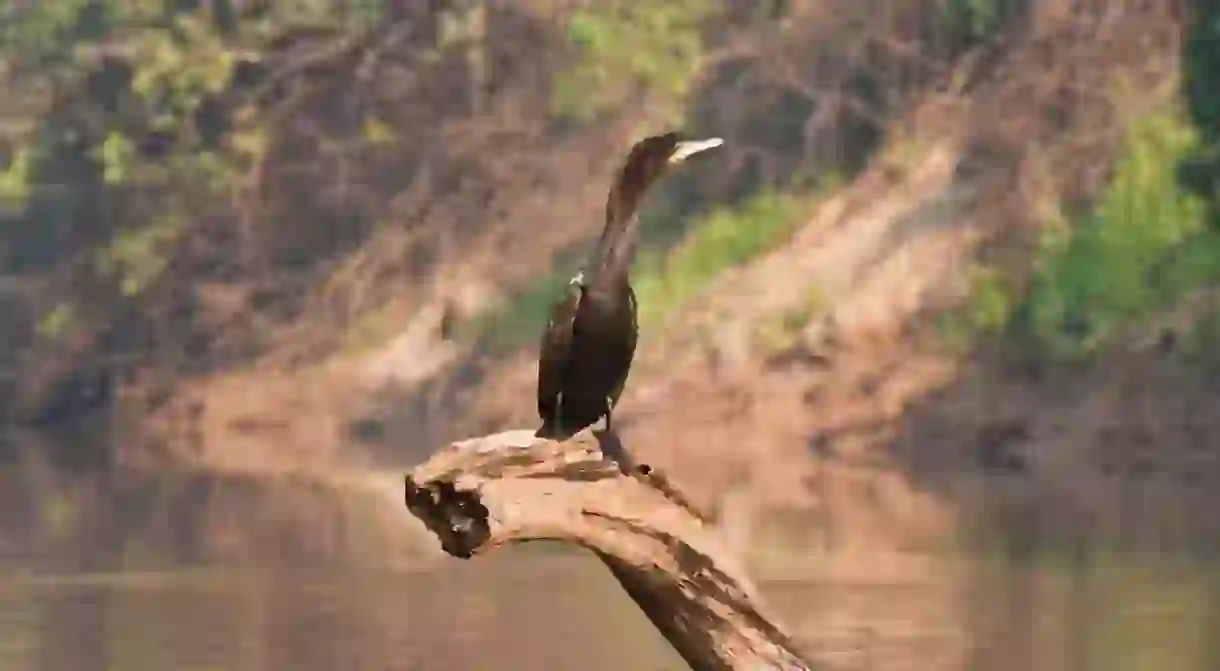Everything you Need to Know About a Bolivian Amazon Pampas Tour

Bolivia’s pampas attracts hordes of budget travelers every year, each arrival as eager as the next to experience the fascinating wildlife on display. And it’s little wonder. Cut-throat competition keeps rates incredibly low, while the wildlife itself is among the most diverse in the Amazon. Here’s everything you need to know about a trip to the pampas.
Where to go
The sweltering jungle town of Rurrenabaque serves as the hub for tours into the pampas and lies about four hours away. Tourist infrastructure in Rurre is relatively well developed, featuring a solid selection of lodgings as well as plenty of gringo-friendly restaurants and bars. For more information, check out our Rurrenabaque guide.

How to get there
Most travelers come to Rurre from La Paz using one of two options: a quick and painless 40-minute flight or a long and arduous bus ride.
Amaszonas run two daily flights in each direction – one in the morning and one in the afternoon – with prices starting at US$72 each way. TAM is much less frequent, offering just a few flights per week.
Several bus companies ply the long mountainous road between the two destinations, most leaving in the early morning from La Paz’ Villa Fatima terminal. The fare costs just US$10, but expect to be miserably uncomfortable and utterly terrified throughout. It’s a bumpy and treacherous ride, despite a newly paved highway which has reduced travel times significantly to around 12 hours or so. Worst of all there is no cama (lie-flat) service. You have been warned.

Booking a tour
Pretty much everyone does the same three-day, two-night pampas tour which can be booked in either La Paz or Rurrenabeque. Expect to pay around 1,000 BOB (US$150) for the all-inclusive tour and try to book locally for the best rate. Tour companies pool travelers together so they’re all essentially the same, aside from a few luxury operators who charge significantly more.

What to bring
Throughout the pampas, the sun blazes during the day and the mosquitos come out in force at night. To prevent yourself from being eaten alive or burnt to a crisp, pack lightweight long-sleeve trousers and shirts, as well as plenty of suncream and repellent. You’ll need some cash, at least 150 BOB (US$23) to pay the national park entry fee and a bit more for snacks and drinks.

What to expect
You won’t be going deep into the jungle, but rather a vast wetland on the edge of the rainforest. This is ideal, however, as wildlife love this lush terrain and can be easily spotted due to the distinct lack of trees.
Wildlife safaris are almost entirely undertaken in dugout canoes which feature an onboard hawk-eyed guide who is capable of spotting even the most elusive of animals along the way. Gawking at animals aside, the tour includes a piranha fishing excursion (which are cooked up for lunch) and a swim with friendly pink river dolphins. The only land-based activity is a marshlands hike to search for anaconda who are virtually impossible to actually find.
Onsite accommodation is rustic, consisting of little more than a simple wooden shack that sees several backpackers crammed into a room. Despite best efforts to keep the creepy crawlies out, insects still manage to find their way inside, so always check your bed for venomous looking critters before retiring for the night.

Responsible travel
Don’t handle the wildlife or allow your guide to do so. Unbeknownst to many, physical interaction with humans is extremely stressful for wildlife and can literally cause them to die from shock. Similarly, feeding the animals makes them become dependant on humans which has disastrous long-term consequences. Sorry to be a party pooper.














